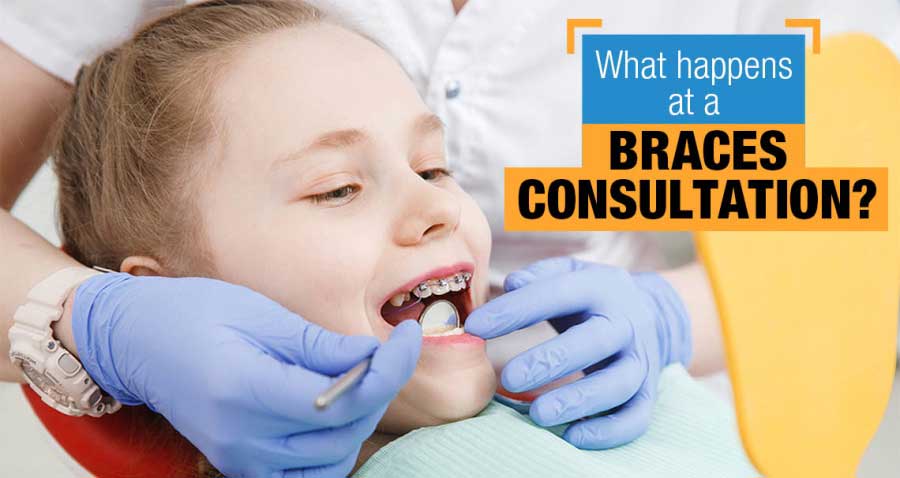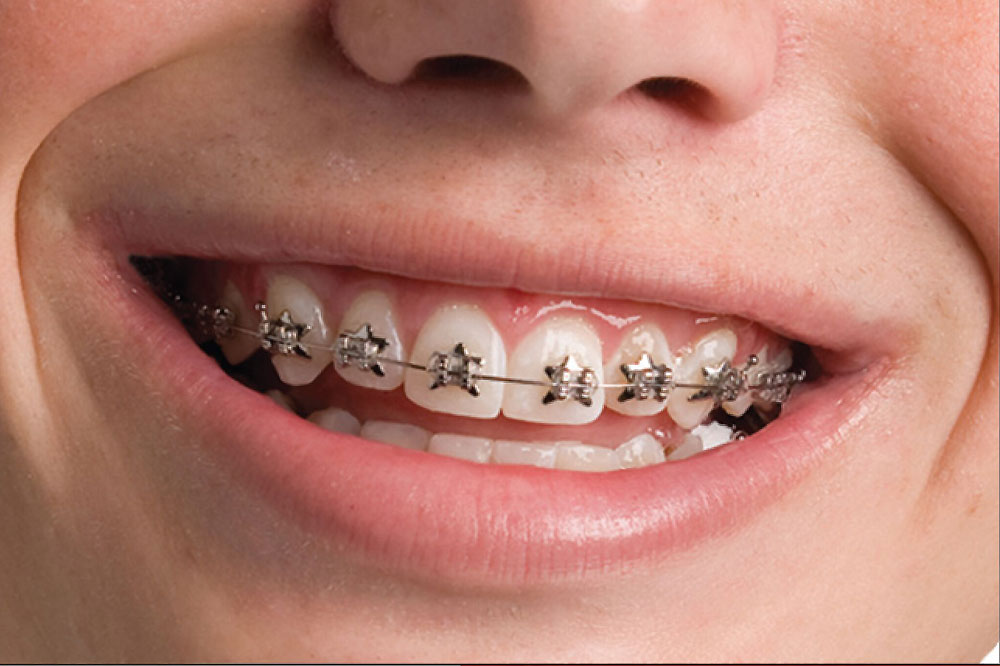Comprehensive Guide to Orthodontics Procedures for Fixing Dental Misalignments
In the world of orthodontics, the journey to achieving a perfectly lined up smile entails a myriad of procedures customized to deal with dental imbalances. From typical dental braces to unseen aligners and even surgical options, the area of orthodontics supplies a variety of solutions to deal with differing levels of dental irregularities. Comprehending the intricacies of each treatment, including their devices, benefits, and potential disadvantages, is crucial in making notified choices about one's orthodontic therapy. As we browse through the detailed overview to orthodontic treatments for correcting dental misalignments, the elaborate details of each method will unfold, clarifying the path toward a harmonious and useful dental placement.
Orthodontic Procedures Introduction

In addition to clear aligners and typical dental braces, orthodontists might likewise advise various other treatments like headwear, palatal expanders, or retainers to resolve details placement concerns (cumming invisalign). These procedures are customized to every patient's one-of-a-kind needs and might include a mix of therapies to attain the wanted outcomes. Routine modifications and surveillance are critical parts of orthodontic treatment to make sure development gets on track and to make any type of needed alterations along the means. By undergoing orthodontic treatments, people can not only achieve a straighter smile however additionally boost their general dental health and function.
Typical Dental Braces: Exactly How They Function
When thinking about orthodontic therapies for dental imbalances, traditional dental braces stand out as a time-tested technique for dealing with teeth positioning. Conventional dental braces consist of brackets, cables, and bands that function together to apply continual pressure on the teeth, slowly relocating them right into the desired placement.
One key element of just how standard dental braces work is the procedure of bone renovation. As pressure is put on the teeth through the dental braces, the bone bordering the teeth is reshaped to sustain the new tooth placements. This renovation is essential for the lasting stability of the fixed alignment. Individuals will need normal modifications at the orthodontist's workplace to guarantee the dental braces remain to use the appropriate pressure for reliable teeth motion.
Unseen Aligners: Advantages And Disadvantages
These clear, personalized trays are essentially invisible when put on, making them an attractive alternative for people seeking an extra visually pleasing orthodontic therapy. Individuals can remove the aligners prior to eating or cleaning their teeth, reducing the danger of food getting stuck in the home appliance and simplifying the cleansing process.

Surgical Orthodontic Options
Surgical treatments in orthodontics existing viable options for addressing complicated oral imbalances that might not be successfully solved with traditional orthodontic treatments. While unseen aligners and typical dental braces can remedy lots of orthodontic issues, certain instances need surgical intervention to attain ideal results. Surgical orthodontic options are typically advised for serious malocclusions, significant jaw discrepancies, and instances where the underlying bone structure needs alteration to accomplish proper placement.
One typical surgical orthodontic treatment is orthognathic surgical treatment, which involves rearranging the jaws to fix functional concerns such as problem speaking or eating. This surgery is usually done in collaboration with an orthodontist that helps straighten the teeth before and after the treatment. Surgical special info orthodontics may additionally include procedures to reveal impacted teeth, get rid of excess gum cells, or reshape the jawbone to develop a much more harmonious facial account.
Prior to thinking about medical orthodontic options, people undergo a comprehensive examination to establish the necessity and potential benefits of such interventions. cumming aligners. While surgery might seem complicated, it can significantly boost both the feature and looks of the smile in cases where traditional orthodontic therapies fall short
Retainers and Post-Treatment Care

Failure to conform with post-treatment care directions can result in relapse, where the teeth progressively relocate back towards their initial positions. Regular retainer wear, great oral health, and regular oral examinations are necessary for maintaining the outcomes achieved via orthodontic surgery and making certain the long-term stability of the corrected dental positioning.
Verdict
In verdict, orthodontic treatments use different choices for correcting dental misalignments. Standard braces make use of steel braces web and wires to change teeth into appropriate alignment. Undetectable aligners provide a more discreet option however may not appropriate for all cases. Surgical orthodontic choices are readily available for more extreme misalignments. Retainers are generally utilized post-treatment to preserve the brand-new placement. Overall, orthodontic procedures can effectively boost oral wellness and aesthetic appearance.
As we browse via the comprehensive guide to orthodontic procedures for fixing dental imbalances, the intricate details of each technique will unfold, losing light on the path toward a unified and useful oral positioning. - cumming invisalign
One of the most typical orthodontic treatments is the usage of dental braces, which are composed of metal braces and cords that use mild pressure to progressively shift teeth right into the desired position.When thinking about orthodontic treatments for dental misalignments, conventional dental braces stand out as a tried and true method for remedying teeth placing. In addition, unnoticeable aligners might not be suitable for complex orthodontic issues that require even more considerable teeth activity, as they are commonly recommended for moderate to moderate situations. Retainers are custom-made orthodontic devices made to hold teeth in their remedied settings after the conclusion of orthodontic therapy.